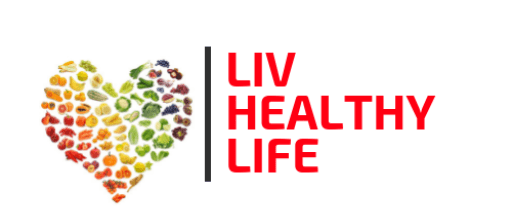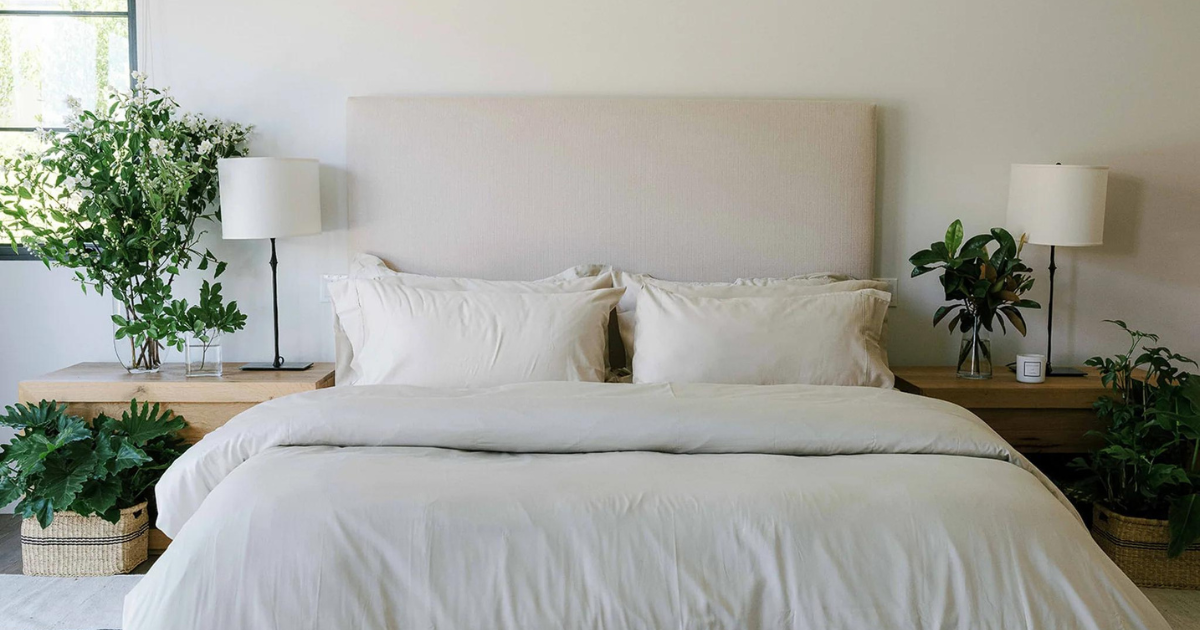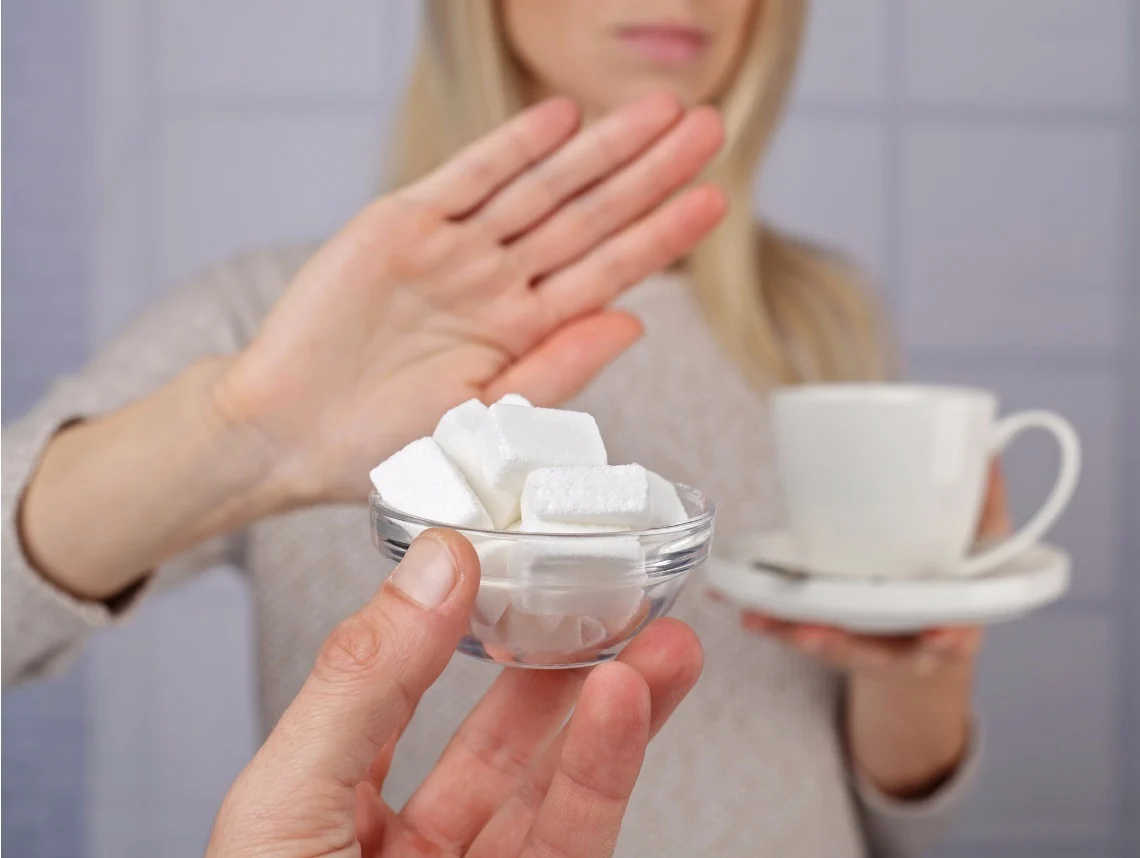Many of the chemicals and poisons in our homes are invisible, tasteless, or odourless. This is a frightening statistic, given that the average household has 500-100 chemicals and carcinogens.
You must cleanse your house if you want to reduce your exposure to hazardous substances. While it may need some effort to replace items with more natural alternatives, the benefits are numerous.
Perhaps your mysterious disease will go, or your sinus problems or excessive mucus production will stop abruptly. People wonder why they are unwell while using the exact goods that are making them sick. It’s time for a reality check!
12 Ways to detox your home
1. Avoid Synthetic Scents
Synthetic fragrances, such as those found in laundry detergent, dish soap, and air fresheners, are harmful to one’s health. Fragrances are also neurotoxic and can harm your liver and kidneys, so keep them out of your house and out of your life.
They also include hormone-disrupting phthalates (group of chemicals), which completely destabilise our hormones and contribute to diseases such as breast, ovarian, and prostate cancer.
Air fresheners, dryer sheets, scented candles, deodorants, soap, sunscreen, perfumes, colognes and body sprays, lotions and serums, cleaners are all items to avoid if they include synthetic aroma.
2. Improve Air Quality
Carpeting is a major cause of indoor air pollution. Dirt, fleas, dust mites, and lead are all attracted to carpeting. If you have carpeting, I recommend investing in a HEPA filter vacuum, which traps the largest variety of particles and eliminates allergies. The Intellipure air filter is one of the best on the market, and it employs technology that is now utilised in hospitals, medical clean rooms, government facilities, and military applications. Another approach is to place air-purifying plants in each area of your home. Plants and soil microbes both contribute to the reduction of volatile organic molecules (such as formaldehyde) in the air.
3. Use Non-Hazardous Cleaning Goods
Some of the most toxic substances are found in cleaning products. As mentioned in point one, perfumes include phthalates, which are recognised endocrine disruptors that may enter our bodies through inhalation. Cleaning chemicals are laden with scent to leave things smelling “clean,” but few people are aware of the health hazards they are willing to accept in exchange for a “clean” odour.
Other noxious compounds included in cleaning solutions irritate the respiratory system, raise your risk of cancer, and harm the kidneys and liver.
There are several non-toxic cleaning solutions available, including baking soda, vinegar, aromatic oils, and lemon.
4. Thermal receipts should not be stored in grocery bags
Thermal receipts (such as those found at the grocery store) contain BPA. That is not what you want on your organic produce. Always keep thermal receipts in your wallet and never allow cashiers place them in your supermarket bags next to your vegetables.
5. Stop Using Herbicides on Your Lawn
Nineteen of the more than 30 regularly used lawn pesticides have been linked to cancer, with another 15 linked to nervous system toxicity. Furthermore, herbicides and pesticides used on gardens kill beneficial insects and microorganisms that assist manage the pests that were sprayed for in the first place. Replace hazardous herbicides and insecticides with non-toxic alternatives. Vinegar is an excellent herbicide, and picking weeds by hand is just as effective. If you want to avoid garden weeds, you may put out landscaping cloth or apply mulch, which blocks the light that weeds require to develop.
6. Avoid Toxic Kitchenware
There are several hidden risks when it comes to preparing and keeping food. Plastic containers, for example, typically contain BPA and should be avoided. It’s equally as dangerous to freeze things in plastic bags. Instead of using plastic, keep your food in glass-lock containers, mason jars, or other glass containers. Nonstick pans are another big source of harmful materials in your home. Perfluorinated compounds (PFCs) found in Teflon have been related to cancer and developmental issues. Cast iron, stainless steel, glass, 100% ceramic cookware, and non-toxic nonstick coatings are all safe cookware choices.
7. Remove Your Shoes at the Door
Removing your shoes at the door can minimise up to 60% of the pollutants you bring into your house. In fact, coming inside the house with your shoes on is a major source of pesticides and lead pollutants that enter your home.
To eliminate these toxins, just proclaim your house shoe-free. Simple!
8. Avoid using paraffin candles
Short-term exposure to formaldehyde from scented candles can cause symptoms such as watery and burning eyes, throat and nose burning, nausea and/or vomiting, wheezing and/or coughing, and burning skin and/or irritation. Long-term exposure to these chemicals can also cause nasal cancer and, in the worst-case scenario, leukaemia (cancers of the blood cells).
Instead of scented candles, try diffusing essential oils or burning beeswax candles, which have a lovely, natural aroma.
9. Test or filter drinking water
Water quality varies widely, and public utilities only test for a few chemicals and pollutants. Lead can be found in the inside pipes of an older home, and certain pollutants are not yet federally controlled. If you’re concerned, have your water analysed, especially if you drink well water. Water filters can remove lead, germs, and many other pollutants, but not all of them, according to Patisaul. Put money aside for an under-sink reverse-osmosis filter.
10. Make over your mattress
Mattresses made before 2015 may contain the chemicals; contact the manufacturer or check the label. Replace an old mattress with a flame-resistant one, or use a washable organic cotton pad as a layer between you and your current mattress. Also, don’t smoke in bed—this is why flame retardants were introduced in the first place. (If possible, avoid smoking in general.)
11. Use equipment to detect
Carbon monoxide is an odourless and colorless gas released by oil and gas heaters, furnaces, and stoves. If the gas builds up to dangerous amounts in an unventilated space, it can induce nausea, vomiting, disorientation, and even death. Install a CO (Carbon monoxide) detector where you sleep, preferably one per floor. Carbon monoxide rises with warm air, so place it approximately five feet above the floor, on a wall or in the ceiling. Also, get your furnace serviced on a regular basis.
12. Clean your cleaning tools
Poison control centers have had a spike in calls since COVID-19 as individuals have increased their cleaning routines, frequently without using the proper equipment or reading labels. Cleaning may be as simple as using water, a light detergent, and a bristle brush in most circumstances. If you must disinfect, the EPA’s list of coronavirus disinfectants divides surfaces into porous (e.g., laundry), hard nonporous (like in a bathroom), and food contact, with instructions on how long to leave the product on each.
Conclusion:
Detoxifying your home is essential for safeguarding your health and creating a safer living environment. By following these simple ways, you can significantly reduce your exposure to harmful substances. Taking these steps not only promotes better physical health but also contributes to a sense of well-being and peace of mind knowing that your home is a healthier place to live. Embracing these changes is a proactive way to protect yourself and your loved ones from potential health risks associated with environmental toxins.
Read also – 10 Alternatives to Leg Curls







